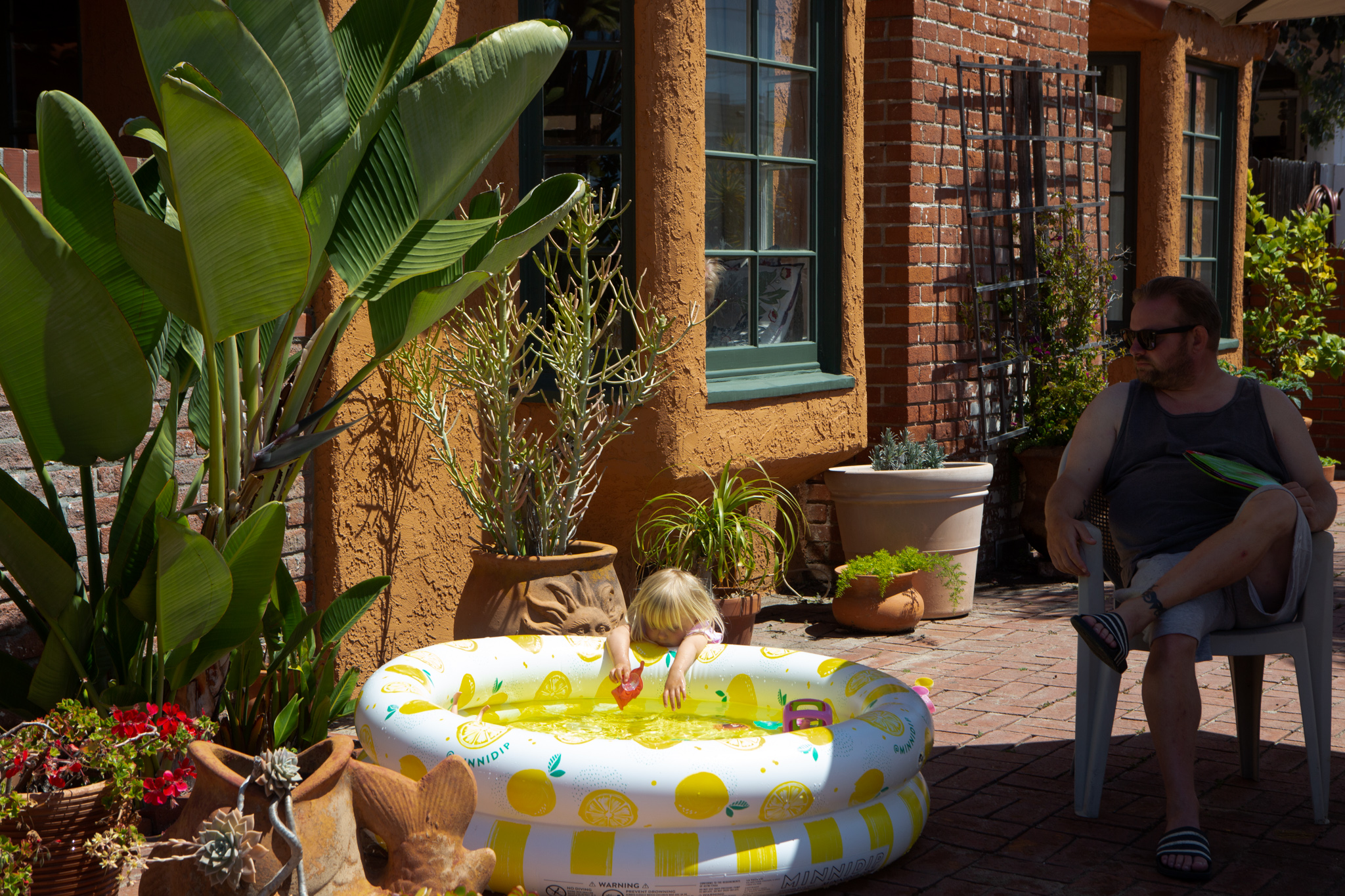
The U.S. West Coast is set to have its hottest two weeks in 70 years, putting even more strain on power grids after California imposed rolling blackouts for the first time since 2001.
Excessive heat warnings and watches stretch from the Pacific Coast inland to Montana, Utah and Arizona, according to the National Weather Service. Sacramento is forecast to be 109 degrees Fahrenheit (43 Celsius) by Tuesday. Pasadena could hit 108.
“It doesn’t look like it changes through early next week—it doesn’t look like it changes at all,” said Bob Oravec, a senior branch forecaster with the U.S Weather Prediction Center.
The problem is a large high pressure system that has centered across the Great Basin that spans Nevada and other western states. It essentially acts as a lid trapping trapping an ocean of hot air beneath it and there aren’t any indications it’s going to budge soon.
Such phenomenons, sometimes called heat domes, are getting worse as the Earth’s climate changes. As the planet warms, the contrast between the heat at the equator and the cold at the pole decreases. That saps the strength of the jet stream, which otherwise would be able to shove the ridges out of the way. Hence, heat waves get stuck in place for longer.
Read more: 2020 Is Our Last, Best Chance to Save the Planet
Last month was tied for the world’s second-hottest July on record and the hottest ever in the northern hemisphere, according to the National Oceanic and Atmospheric Administration. The contiguous U.S. had its third-warmest June this year, and July was the 11th hottest in records going back 126 years, according to the National Centers for Environmental Information. It was the hottest July ever for several states, including Connecticut, Pennsylvania and New Jersey.
Now it’s the West Coast’s turn. Based on population-weighted cooling degree days, a measure of weather’s impact on energy demand, the next 15 days will be the hottest in records going back to 1950 for California, Oregon and Washington, according to commercial forecaster Maxar. The worst of the heat could come Wednesday.
“It is quite impressive there,” said Bradley Harvey, lead meteorologist at Maxar. “From California to Salt Lake City and points south, those are all areas that are pretty steady with the heat going forward.”
The weather will some of the most intense since 2006, when a West Coast heat wave killed more than 600 people, put 1,200 more in the hospital and sent 16,000 to emergency rooms, according to Southwest Climate Adaption Science Center at the University of Arizona’s website. The event was made worse by high overnight temperatures, which add stress to people and energy grids because they don’t allow for much relief.
It’s not just heat that’s a problem. Drought is also gripping the West, with close to 77% of the region abnormally dry, according to the U.S. Drought Monitor. Just over half of California is suffering from drought.
Dry land can keep temperatures high. It also boosts the threat of wildfires. At least 11 major fires are already burning across California.
“I think the potential for fire weather is going to be there all week,” Oravec said.
More Must-Reads from TIME
- Cybersecurity Experts Are Sounding the Alarm on DOGE
- Meet the 2025 Women of the Year
- The Harsh Truth About Disability Inclusion
- Why Do More Young Adults Have Cancer?
- Colman Domingo Leads With Radical Love
- How to Get Better at Doing Things Alone
- Michelle Zauner Stares Down the Darkness
Contact us at letters@time.com